1. Schenectady, New York
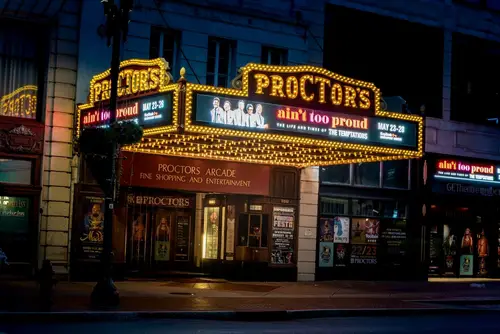
Schenectady was a key player in America’s tech and energy rise, thanks to companies like GE and American Locomotive Company. It was once called “The City that Lights and Hauls the World.” But as GE moved operations elsewhere and manufacturing declined, the city lost much of its economic base. Now, Schenectady leans hard on its legacy and architectural history to draw visitors and investors.
Efforts to revitalize downtown and build up the Proctors Theater district have brought some energy back. Still, many residents face economic hardship, and the job market remains limited. Like many Rust Belt cities, it clings to an identity forged in a different era. The question is whether it can move beyond its origin story.
2. Detroit, Michigan
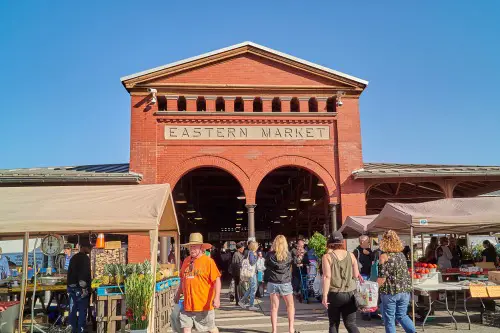
Once the crown jewel of American industry, Detroit rode high on the booming auto industry throughout the 20th century. Names like Ford, GM, and Chrysler weren’t just companies—they were lifelines for entire communities. But after decades of outsourcing, automation, and disinvestment, the city hit rock bottom in 2013 with the largest municipal bankruptcy in U.S. history. Now, Detroit leans heavily on nostalgia—Motown music, muscle cars, and mid-century swagger—to draw tourism and fuel slow-burning redevelopment.
Today, murals of Motown legends and vintage cars decorate empty lots. While some areas like downtown and Midtown are reviving, much of the city still struggles with poverty, vacancy, and crumbling infrastructure. The comeback narrative is powerful, but the past is doing a lot of heavy lifting. Detroit wants to be known for its future—but it’s still trading on its golden years.
3. Atlantic City, New Jersey
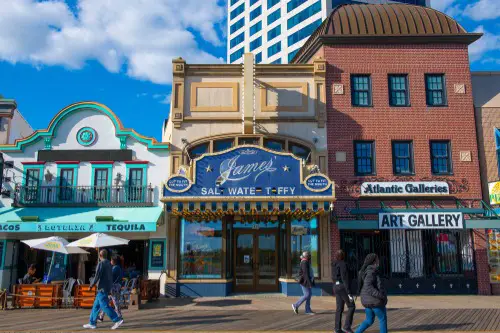
Atlantic City was once America’s vacation playground, with its iconic Boardwalk, big-name performers, and flashy casinos. It was so culturally dominant in its prime that it inspired Monopoly’s street names. But starting in the late 20th century, competition from regional casinos and changing travel habits cut deep into its bottom line. The city’s attempt to revive itself by clinging to its past glories has had mixed results at best.
You’ll still find saltwater taffy and old-school casinos touting headliners past their prime. While tourism hasn’t vanished, it’s nothing like the heyday of Frank Sinatra and Miss America pageants. The city filed for state intervention in 2016 to manage its debt crisis, and large parts of it remain economically depressed. Nostalgia still draws some visitors, but it’s a shaky foundation for long-term prosperity.
4. St. Louis, Missouri

St. Louis was once the fourth-largest city in the U.S., thanks to its prime location as a river and rail hub. In the early 1900s, it was booming with manufacturing, breweries, and the world-famous 1904 World’s Fair. But the second half of the 20th century brought massive population decline, suburban flight, and industrial losses. Today, the Gateway Arch stands as a gleaming tribute to the city’s glory—but it’s mostly symbolic.
You’ll still hear residents and tourism boards invoke the city’s past innovations, baseball history, and cultural significance. The old neighborhoods have charm, but many struggle with high crime and underinvestment. The city’s identity is still anchored in what it used to be—a once-powerful Midwestern giant. Rebirth is happening in pockets, but the city often leads with its history to sell its potential.
5. Gary, Indiana
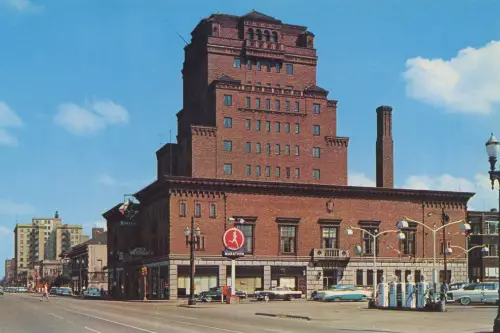
Gary was born from steel and thrived in the early 20th century as U.S. Steel’s model city. It was a booming industrial hub and a symbol of working-class prosperity in the Midwest. But deindustrialization hit hard, and by the 1980s, Gary was already spiraling into economic ruin. Today, its name often invokes ruin photography more than economic success.
The city often draws attention for being the hometown of the Jackson 5—a bittersweet reminder of the greatness it once fostered. But that cultural connection hasn’t translated into meaningful revival. Abandoned buildings and sky-high unemployment remain pressing issues. Gary is a shell of its former self, and its identity is still too rooted in the memory of better times.
6. Cleveland, Ohio
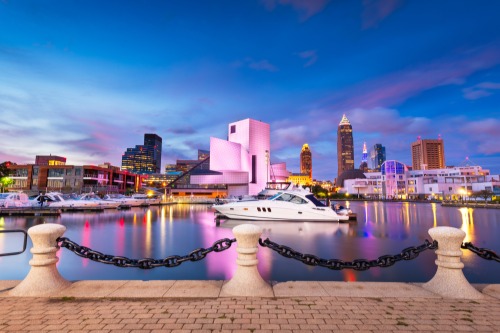
Once dubbed the “Sixth City” due to its booming population and industry, Cleveland was an early 20th-century success story. It was home to tycoons like John D. Rockefeller and had thriving steel and manufacturing sectors. But the decline of those industries, along with environmental disasters like the Cuyahoga River fire in 1969, changed everything. Cleveland now trades heavily on its cultural and sports history to maintain relevance.
The Rock & Roll Hall of Fame leans into the city’s musical legacy, while locals still rally behind the Browns and Cavaliers as civic glue. But the metro area continues to struggle with poverty, population loss, and uneven development. Revitalization is real in some neighborhoods, but the marketing still leans hard on the past. It’s a city where the highlight reel plays louder than the current stats.
7. Scranton, Pennsylvania
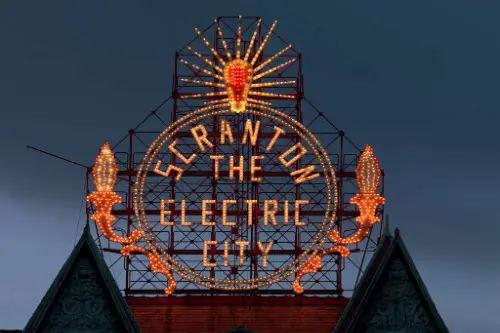
Scranton was a coal titan, fueling the American Industrial Revolution with anthracite mining and railroads. It was once known as “The Electric City” for being an early adopter of electric streetcars. But when coal lost dominance and factories closed, Scranton began a long slide into economic obscurity. Its most recent claim to fame? Being the fictional hometown of The Office.
That connection has oddly become a major tourism driver, with themed walking tours and murals. But underneath the pop culture buzz is a city still grappling with a shrinking economy and aging infrastructure. The past—whether industrial might or sitcom fame—is doing most of the heavy lifting. Real progress is slow and piecemeal.
8. Youngstown, Ohio
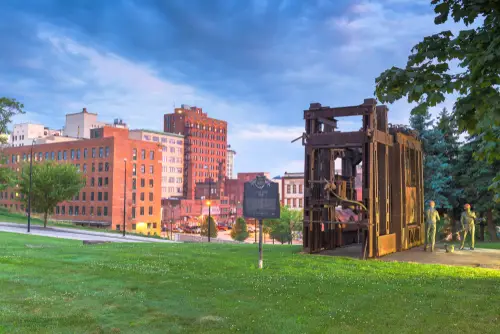
Youngstown was once a steel town so successful that the phrase “Built like Youngstown steel” actually meant something. But on “Black Monday” in 1977, the local steel industry began collapsing, and thousands of jobs vanished almost overnight. The economic shock still echoes today, decades later. The city has become a poster child for the struggles of post-industrial America.
Its story is often invoked in political stump speeches and economic case studies. Despite attempts at reinvention—including new tech hubs and downtown redevelopment—the city often falls back on its blue-collar roots to define itself. Nostalgia is a comfortable lens, but it can obscure the hard realities. Youngstown is still figuring out what comes next.
9. Bethlehem, Pennsylvania
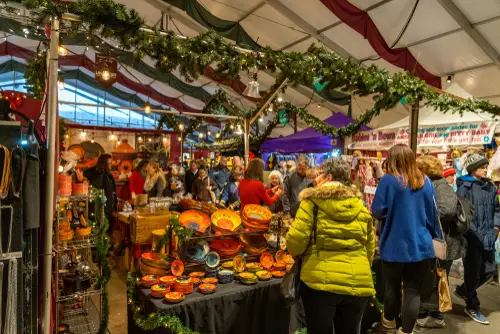
Bethlehem was once synonymous with American steel—Bethlehem Steel helped build everything from the Golden Gate Bridge to the Empire State Building. The company was the city’s economic engine until it shut down in the early 2000s. Today, the rusting remains of that empire have been transformed into a historical park and an arts district. Tourism is now built around what the city used to produce.
The Sands Casino, built on the former steel mill site, was a gamble to reinvent the economy. While there’s been cultural and entertainment development, many of the city’s jobs today are lower-paying service positions. The grandeur of Bethlehem Steel looms large in the city’s identity. It’s history that both inspires and haunts.
10. Charleston, West Virginia
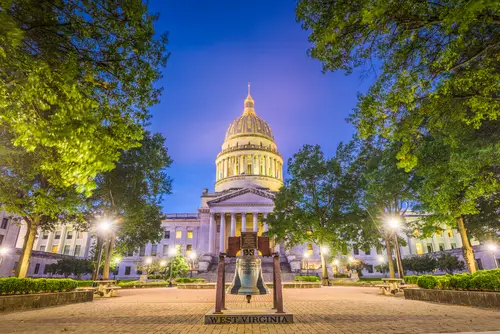
Charleston rose with the coal industry, serving as the economic heart of West Virginia’s energy boom. Coal powered the state’s economy and politics for much of the 20th century. But as the nation transitions to renewable energy and automation replaces workers, Charleston has been left searching for new purpose. The coal legacy still casts a long shadow over the city.
You’ll still find museums and festivals that celebrate the coal-mining heritage. Some locals see it as a source of pride; others view it as a trap that prevents meaningful economic evolution. The city’s modern economy hasn’t filled the void, and population decline continues. Nostalgia for coal country culture can’t substitute for sustainable industry.
11. Peoria, Illinois
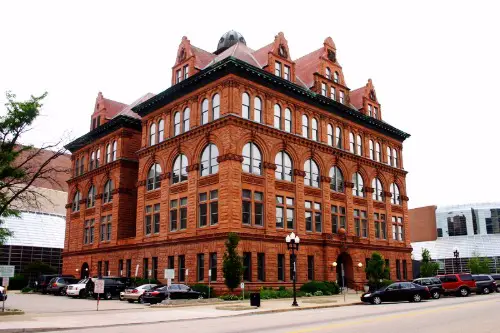
Peoria was once considered the ultimate “test market” city, a place so quintessentially American that if a product sold there, it would sell anywhere. It had a booming manufacturing base, led by Caterpillar Inc., which provided thousands of jobs. But when Caterpillar moved its global HQ in 2017, it was a gut punch to the local economy. Peoria has since leaned into its historic status as a barometer for Middle America.
Today, “Will it play in Peoria?” is more of a historical phrase than a current reality. The downtown has seen some redevelopment, but job loss and population stagnation persist. Civic leaders often point to the city’s cultural institutions and jazz history, but those only go so far. The myth of Peoria remains stronger than its current position.
12. Flint, Michigan
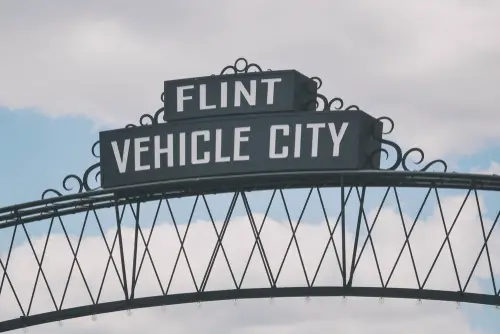
Flint gave birth to General Motors and once symbolized the power of American manufacturing. In its prime, it offered solid middle-class lives to tens of thousands of autoworkers. But GM downsizing and outsourcing left the city reeling, and its water crisis in 2014 made things unimaginably worse. Now, Flint leans on its legacy as a labor town and its tragic recent history to keep national attention—and aid—coming.
The city is still dealing with the aftershocks of poisoned water, and trust in institutions remains low. There’s pride in Flint’s scrappy, resilient culture, especially among artists and activists. But the economy hasn’t bounced back in any meaningful way. Flint’s history is compelling—but its present is fragile.
13. Dayton, Ohio
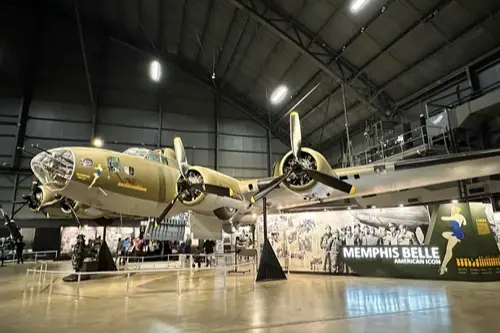
Dayton was once a hotbed of invention, home to the Wright brothers and a hub of aviation and engineering. NCR and other manufacturing giants fueled its mid-century rise. But automation and globalization hollowed out the job base, and the city has struggled to regain its footing. Today, Dayton often markets its past innovations more than its current opportunities.
There’s still pride in being the “birthplace of aviation,” and museums keep that legacy alive. But poverty and opioid addiction remain severe challenges. The spirit of invention is still there—but overshadowed by systemic issues. Dayton’s past soars higher than its present.
14. Buffalo, New York
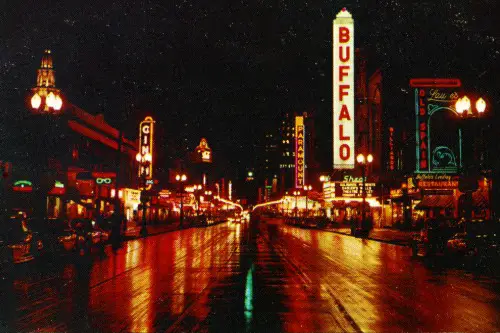
Buffalo was once a powerhouse of trade and electricity, booming from its strategic location on the Erie Canal and its proximity to Niagara Falls. It even had one of the earliest electric streetlight systems in the world. But after the opening of the St. Lawrence Seaway in the 1950s, the city’s port lost relevance, and jobs steadily disappeared. Since then, Buffalo has clung to its Gilded Age architecture and football-fueled civic pride to keep the flame alive.
You’ll hear locals talk fondly about the Pan-American Exposition of 1901 or the days when Buffalo rivaled New York City in wealth. There’s been some recent revitalization downtown and near the waterfront, but poverty and population decline still haunt the region. The city has talent and potential, but its branding leans heavily on the “comeback” story. And that comeback is still very much a work in progress.
This post 14 American Cities That Rely On Their Glory Days To Stay Afloat was first published on American Charm.


